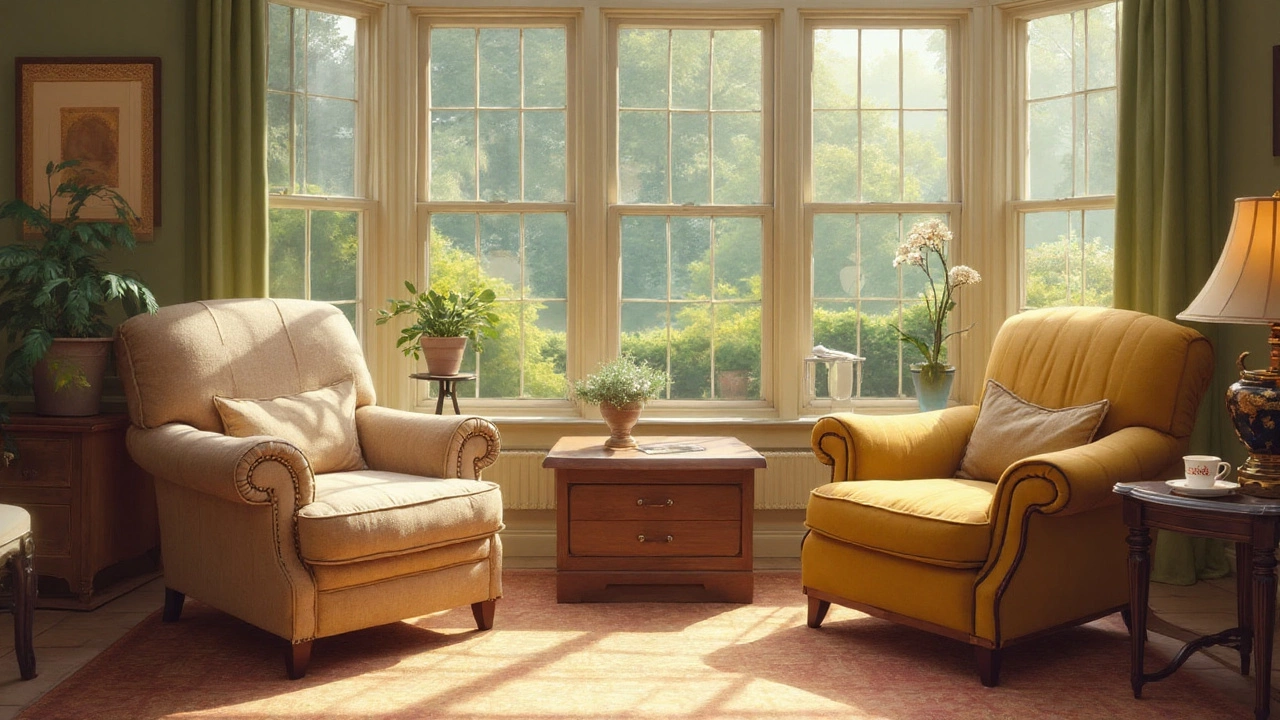
How to Spot High-Quality Chairs: Buying Guide for Long-Lasting Comfort
Looking for a chair that lasts? This guide explains how to spot high-quality chairs by checking construction, materials, comfort, and smart buying tips.
When you pick chairs for a classroom, the material decides how long they last, how comfortable they feel, and how easy they are to clean. You don’t want a cheap plastic seat that cracks after a few months, nor a heavy wooden chair that’s a pain to move. Below we break down the most common materials, their pros and cons, and which ones work best for different learning spaces.
Wooden chairs have been a school staple for generations. Solid hardwoods like oak or maple can handle rough treatment, and they look warm and inviting. The biggest plus is durability – a good wood chair can survive years of daily use. On the downside, wood needs regular maintenance. Spills can stain, and scratches are inevitable, so a clear finish or laminate coating helps keep the surface looking fresh. If you have a budget that allows for quality wood, it’s a solid choice for teacher desks and small group tables.
Steel or aluminum frames are common in modern school chairs. Metal is incredibly strong, so it won’t bend or break under the weight of a busy classroom. It’s also lightweight, which makes stacking and moving chairs easy. Many metal chairs come with a powder‑coat finish that resists rust and scratches. The main thing to watch is the seat material – metal alone can be too hard, so look for chairs that pair a metal frame with a padded or molded plastic seat for comfort.
Injection‑molded plastic chairs are probably the most affordable option. They’re lightweight, stackable, and can be wiped down with a damp cloth. Newer polypropylene blends are surprisingly strong and can hold up to daily abuse. The downside is that cheap plastic can crack over time, especially in colder rooms. Also, they tend to get hot or cold in extreme temperatures, which can affect comfort. If you need a large quantity for a budget‑tight school, go for high‑grade polypropylene and choose a design with a contoured seat to boost ergonomics.
Composite chairs combine wood fibers with plastic or metal, giving a strong yet lightweight product. They often feature a solid feel like wood but cost less and resist moisture better. Some manufacturers use recycled materials, which adds an eco‑friendly angle that many schools appreciate. The key is to check the warranty – good composites should come with a multi‑year guarantee.
When you decide which material fits your school, think about three things: durability, comfort, and maintenance. A durable chair saves money in the long run, a comfortable seat helps students focus, and easy maintenance keeps the room looking neat. Pair the right material with an ergonomic design – look for seats that tilt slightly, have rounded edges, and support proper posture.
In short, wood works great for a classic look and long life, metal shines where strength and mobility matter, plastic fits tight budgets, and composites give a balanced performance. Choose the material that matches your school's needs, and you’ll have chairs that last, look good, and keep students comfortable day after day.

Looking for a chair that lasts? This guide explains how to spot high-quality chairs by checking construction, materials, comfort, and smart buying tips.